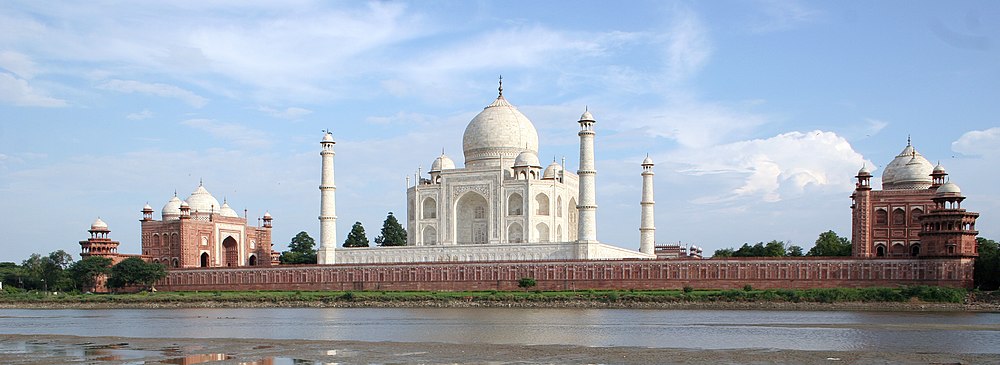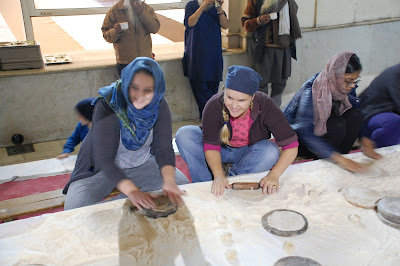
We enjoyed our trip to India. It is a large and diverse country. People in the North look and sound different than people in the south. It reflects the many different ethnicities and city states that made up the country. The golden age appears to have been during the period of 1500 - 1700 when the Mughals, those decedents of Genghis Khan came down into what is now India and conquered vast areas of land. True they made some incredible monuments but undoubtedly with slave labor.
Today India is on the move. Bangalulu has a lot of high tech companies that have come to take advantage of low cost labor and a fairly well educated work force. India is crowded. There are people walking around everywhere. Traffic is horrendous and will probably be a challenge to future growth. Most of the people we met with spoke pretty good English. Hindi and English are the two official languages of the country but there are 26 dialects spoken throughout the country.
I like spicy food, but to me Indian food is "burn your face off hot" There are no little clues on restaurant menus as to what is "spicy" and what is not. I ordered mostly off the children's menu. The Indian culture is very different than Western cultures. Things like "saving face" are critically important to Indians and to not offend. This can be very confusing to a Westerner where "telling the truth" is of utmost importance. There is a very strong "cast system" in India. There are different levels of social strata. You are born into one strata and you do not move up. Indians have a dark complexion but the lighter your skin the higher your social status. This is very different than the modern ethnically diverse Western society. Some people literally have a job of handing out paper towels in the bathrooms, or lifting luggage onto the scales at the airport, or sweeping leaves off of lawns.
The people are friendly and helpful. They are kind. We did not see a lot of Westerners on our travels. Most of the tourists we saw were from India, seeing the famous sites in their own country. We were as much as a curiosity as the sites were in some places, especially Eden and JJ with their blond hair. Eden, whose hair is white, not just blond, was a special attraction. People wanted to take her picture everywhere we went. Not only that, they usually wanted a picture of her with their whole family. Jesse was very kind about it, but after a while we just had to say no. Eden was very patient about it as well. We gained an appreciation of what celebrities go through with the paparazzi.
Jesse's family has a good life. The kids are in excellent schools and are having a unique cultural experience that will shape them in a good way for years to come. Cori is enjoying the challenges of his work assignment. Jesse is a good sport and making an adventure out of the challenges of maintaining a household in India.
The LDS church is tiny in India. But it is growing. Their branch was just made into a Ward and a Stake. The Mission President, and Area General Authority are in their Ward. They attend in a very nicely built chapel. It looks pretty much like the chapels at home only a little smaller. They call local Indians to have leadership responsibilities and then take the Americans and others with more church experience and put them in support rolls. This way the locals can learn to run the church themselves. Many members travel for hours by bus to attend the meetings. For this reason, there are the Sunday meetings but no mid-week activities. From what I could learn all of the converts to the church came from a Christian background. There were no Muslim, Hindu, Bahia, or Jainism converts. Christianity is so entirely different than the oriental religions. Even though there are big cultural differences in India, the gospel in India felt the same as I have experienced it everywhere else.
It is good to learn that not everyone sees the world or thinks about things in the same way we do in America. In fact they think in a way entirely different is some regards. It is also very good to me to live in America and enjoy the many blessings that our country is endowed with.

















































































